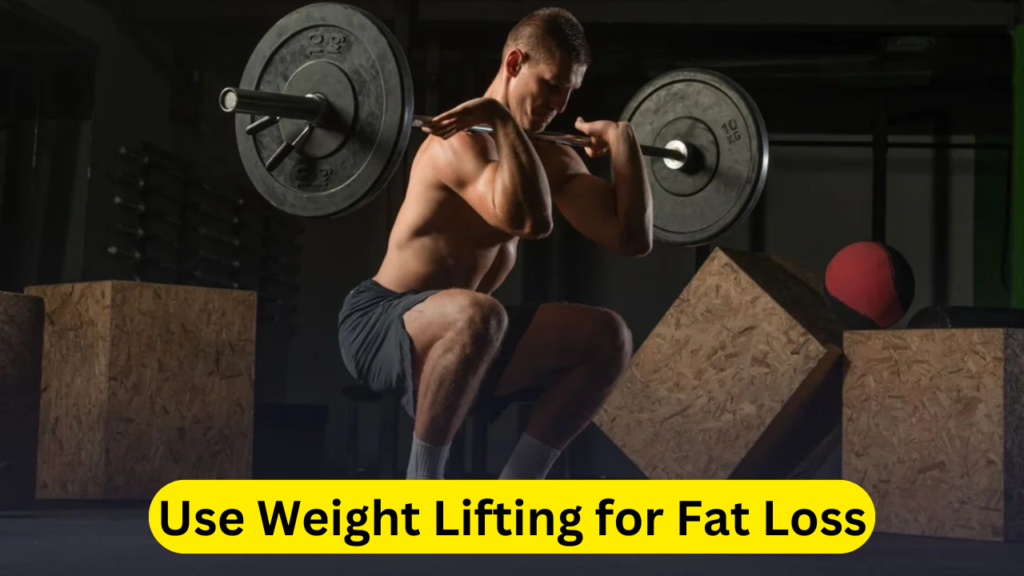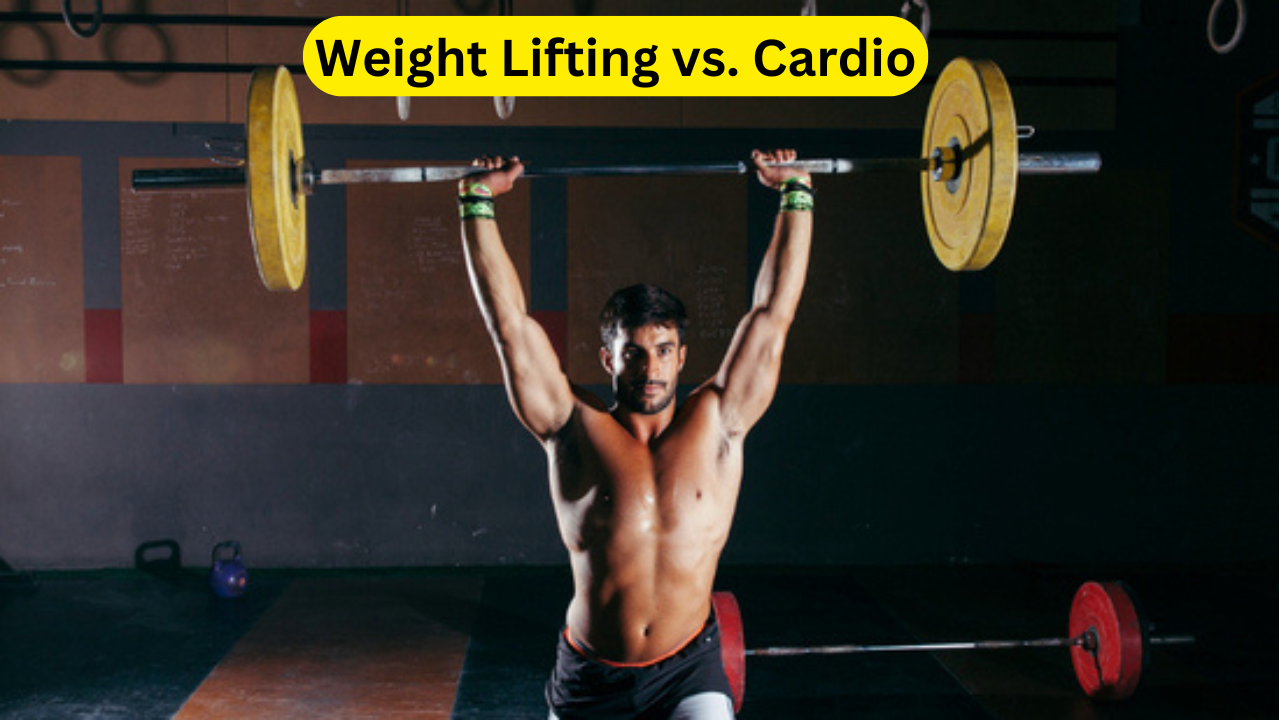Weight Lifting vs. Cardio: When it comes to burning fat and losing weight, the debate between cardio and weightlifting has been ongoing for years. While both forms of exercise have their merits, online fitness coach Dan Go recently shared his insights on why weightlifting might be the more effective choice for long-term fat loss. In an Instagram post on February 25, Go emphasized that weightlifting not only helps you burn calories during your workout but also boosts your metabolism, allowing you to burn fat even while at rest. This makes it a more sustainable and efficient option compared to cardio exercises like running or cycling.
Cardio exercises are often seen as the go-to solution for weight loss because they burn a significant number of calories during the activity. However, Dan Go argues that the benefits of cardio are short-lived. Once you stop running or cycling, the calorie burn stops too. On the other hand, weightlifting helps build lean muscle mass, which increases your resting metabolic rate (RMR). This means your body continues to burn calories long after your workout is over, even when you’re sleeping. This metabolic boost is what makes weightlifting a superior choice for fat loss in the long run.
So, how exactly does weightlifting help you burn more fat? According to Dan Go, the key lies in muscle growth. When you lift weights, you create micro-tears in your muscle fibers. As your body repairs these tears, it builds stronger and larger muscles. This process requires energy, which means your body burns more calories even when you’re not exercising. Additionally, muscle tissue is more metabolically active than fat tissue, meaning it burns more calories at rest. This dual effect of weightlifting—burning calories during and after exercise—makes it a powerful tool for fat loss.
Also read: Honda CB350: A Perfect Blend of Style, Performance, and Technology
Why Weight Lifting is More Effective for Fat Loss
1. Increased Resting Metabolic Rate (RMR)
Weightlifting helps you build muscle, which in turn increases your RMR. The more muscle mass you have, the more calories your body burns at rest. This is because muscle tissue requires more energy to maintain than fat tissue. Over time, this can lead to significant fat loss, even if you’re not actively exercising.
2. Afterburn Effect (EPOC)
Weightlifting triggers the Excess Post-Exercise Oxygen Consumption (EPOC) effect, also known as the afterburn effect. This means your body continues to burn calories at an elevated rate for hours—or even days—after your workout. Cardio, while effective during the activity, doesn’t offer the same prolonged calorie burn.
3. Improved Body Composition
While cardio can help you lose weight, it doesn’t differentiate between fat and muscle loss. Weightlifting, on the other hand, helps you preserve and build muscle while shedding fat. This leads to a more toned and defined physique, which is often the ultimate goal for those looking to lose weight.
How to Use Weight Lifting for Fat Loss
1. Focus on Compound Movements
Compound exercises like squats, deadlifts, bench presses, and rows engage multiple muscle groups at once. These movements burn more calories during the workout and stimulate greater muscle growth, which enhances your RMR.
2. Incorporate Progressive Overload
To continue building muscle and burning fat, you need to gradually increase the weight or resistance you’re lifting. This principle, known as progressive overload, ensures your muscles are constantly challenged, leading to continuous growth and fat loss.
3. Combine with a Calorie Deficit
While weightlifting is effective for fat loss, it works best when combined with a calorie deficit. This means consuming fewer calories than your body needs to maintain its current weight. A balanced diet rich in protein, healthy fats, and complex carbohydrates will support muscle growth and fat loss.

Cardio vs. Weight Lifting: Which Should You Choose?
While weightlifting has clear advantages for fat loss, cardio still has its place in a well-rounded fitness routine. Cardio exercises like running, cycling, and swimming are excellent for improving cardiovascular health, endurance, and overall calorie burn. However, if your primary goal is fat loss, weightlifting should be your main focus, with cardio serving as a supplementary activity.g into your routine, you can achieve sustainable fat loss and build a stronger, leaner physique.
Click here: Black Coffee: The Best Pre-Workout Drink for Energy and Performance?
Weight Lifting vs. Cardio Conclusion
In the battle between cardio and weightlifting for fat loss, weightlifting emerges as the clear winner. By building muscle and increasing your resting metabolic rate, weightlifting allows you to burn more calories even when you’re not working out. This makes it a more effective and sustainable option for long-term fat loss.
While cardio has its benefits, it primarily burns calories during the activity itself. Weightlifting, on the other hand, offers a dual benefit: burning calories during the workout and boosting your metabolism for hours—or even days—afterward. This makes it an essential component of any fat-loss plan.
To maximize your results, focus on compound movements, incorporate progressive overload, and combine weightlifting with a calorie-deficit diet. Adding some cardio to your routine can further enhance your fitness, but it shouldn’t be the main focus if fat loss is your goal.
Ultimately, the best approach is a balanced one that includes both weightlifting and cardio. However, if you’re looking to burn fat efficiently and sustainably, weightlifting should be your go-to strategy.
By following these guidelines and incorporating weightlifting into your routine, you can achieve sustainable fat loss and build a stronger, leaner physique.
Weight Lifting vs. Cardio FAQs
1. Can I lose fat with just weightlifting?
Yes, you can lose fat with just weightlifting. Weightlifting builds muscle, which increases your resting metabolic rate (RMR). This means your body burns more calories at rest, leading to fat loss over time. However, combining weightlifting with a calorie-deficit diet will yield the best results.
2. How often should I lift weights to lose fat?
For optimal fat loss, aim to lift weights 3-5 times per week. Focus on compound movements and incorporate progressive overload to continuously challenge your muscles. Consistency is key to seeing results.
3. Should I completely avoid cardio if I want to lose fat?
No, you don’t need to avoid cardio entirely. While weightlifting is more effective for fat loss, cardio can still be beneficial for cardiovascular health and overall fitness. Use cardio as a supplementary activity rather than your primary focus.
4. How long does it take to see fat loss results from weightlifting?
The timeline for fat loss results varies depending on factors like diet, workout intensity, and consistency. However, most people start noticing changes in body composition within 4-6 weeks of consistent weightlifting and proper nutrition.
5. Can beginners lose fat with weightlifting?
Absolutely! Beginners can lose fat with weightlifting, and they often see faster results due to the “newbie gains” phenomenon. Start with basic compound movements, focus on proper form, and gradually increase the intensity of your workouts.









